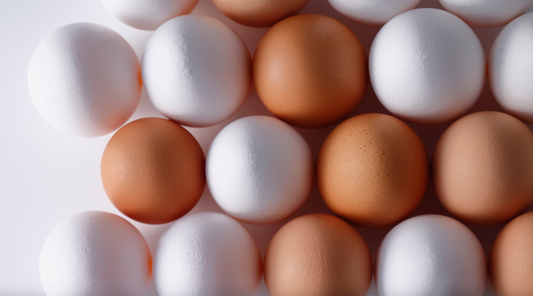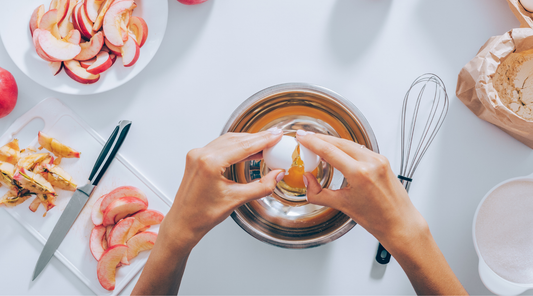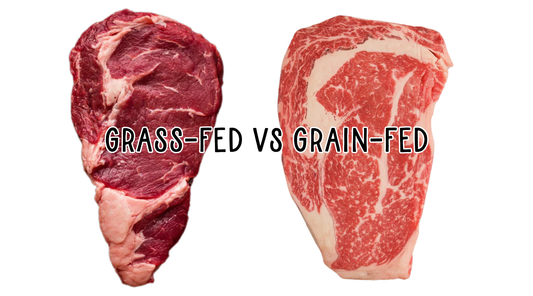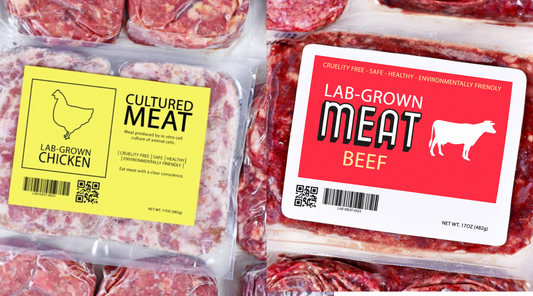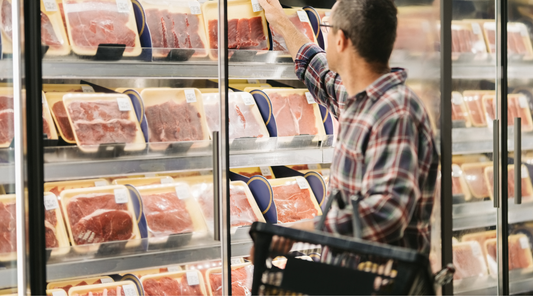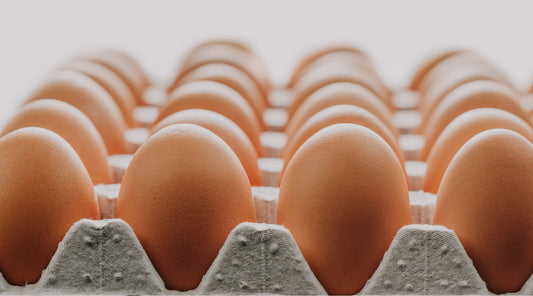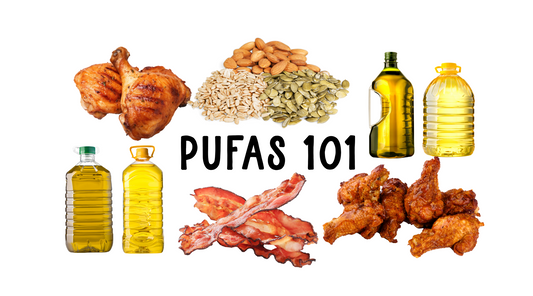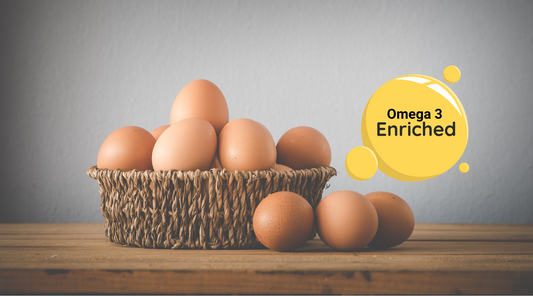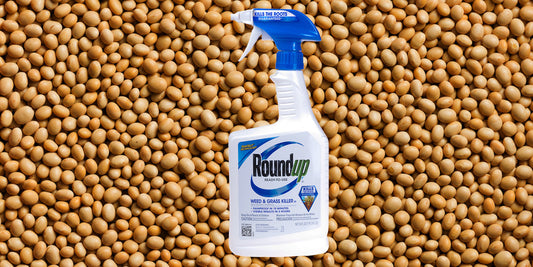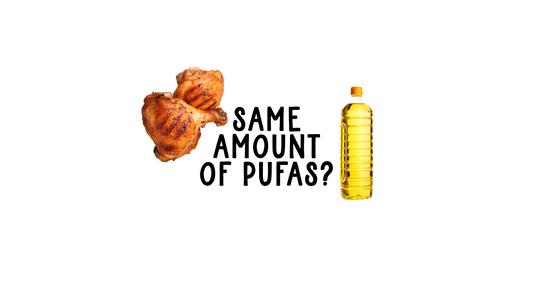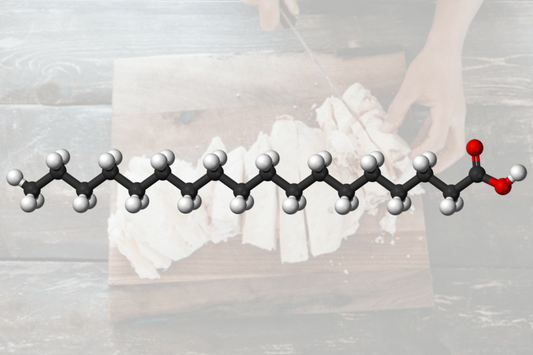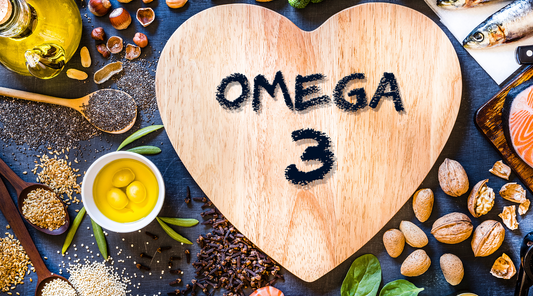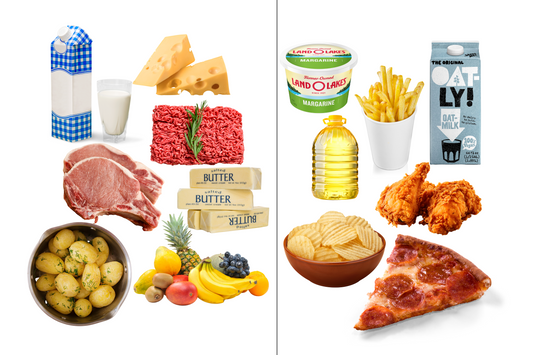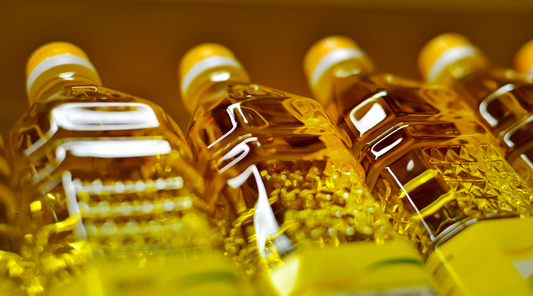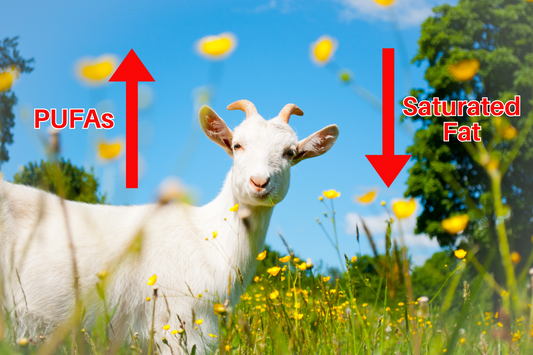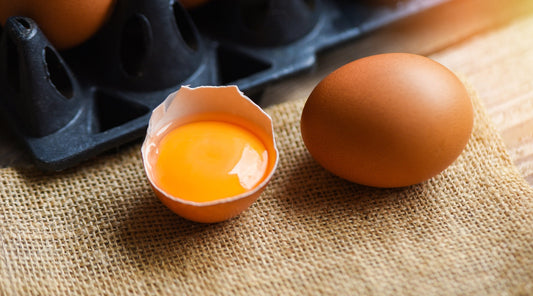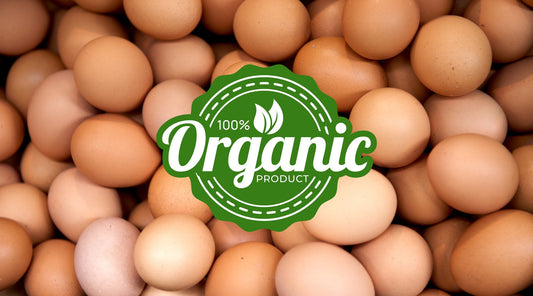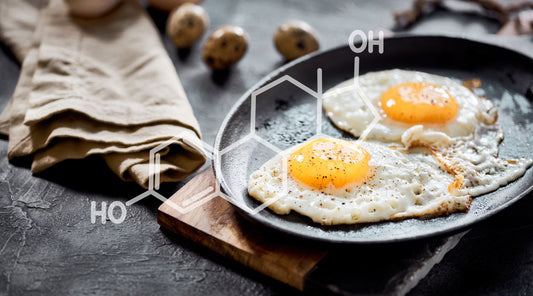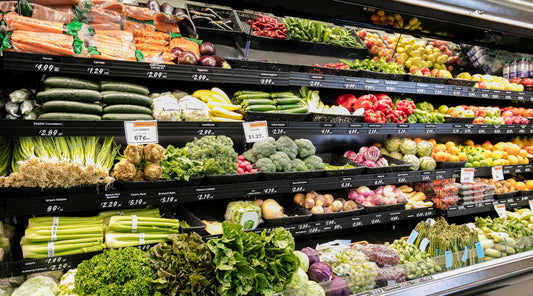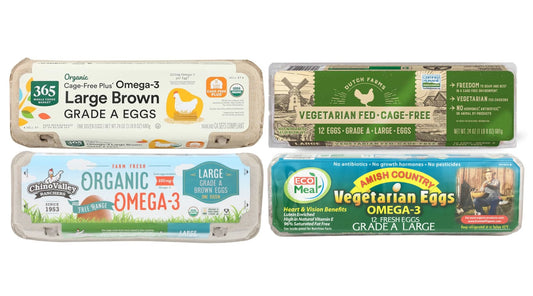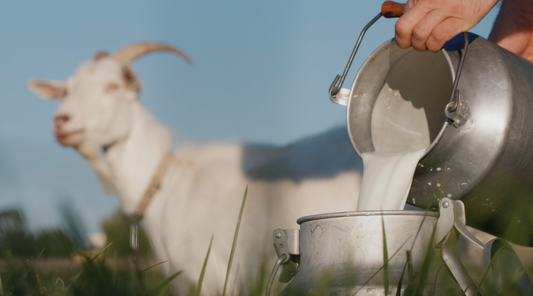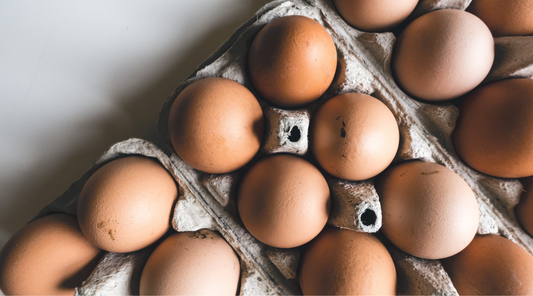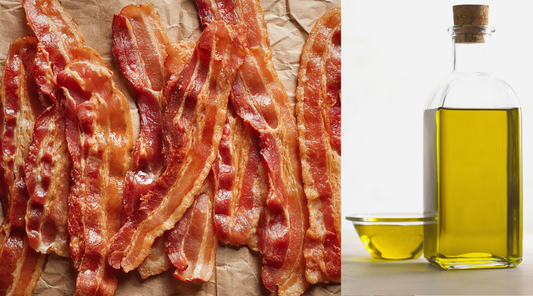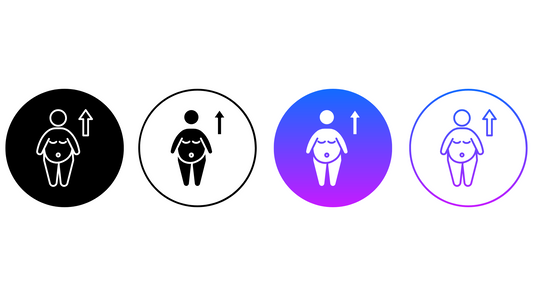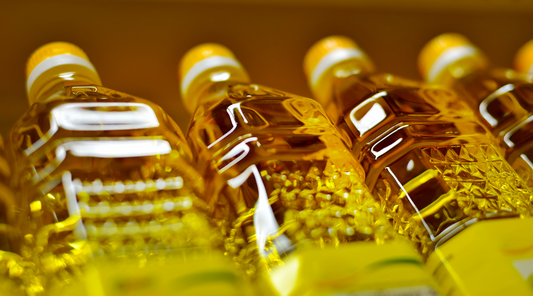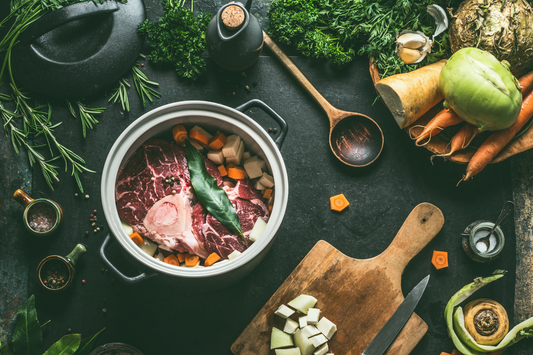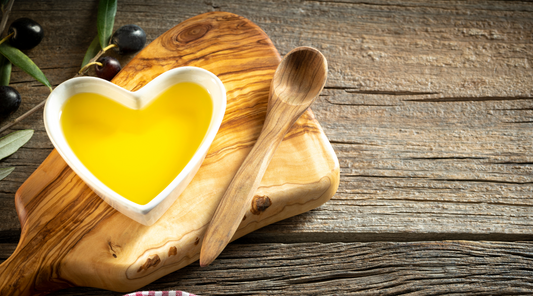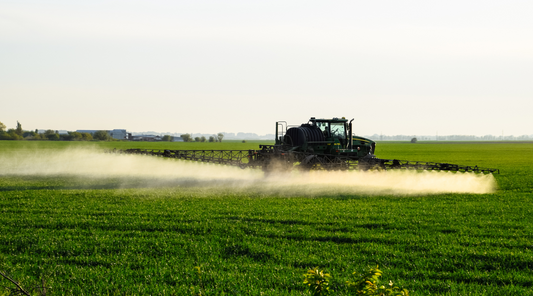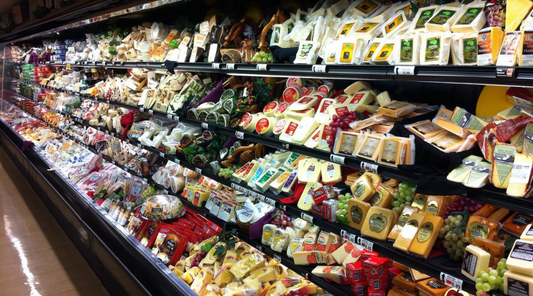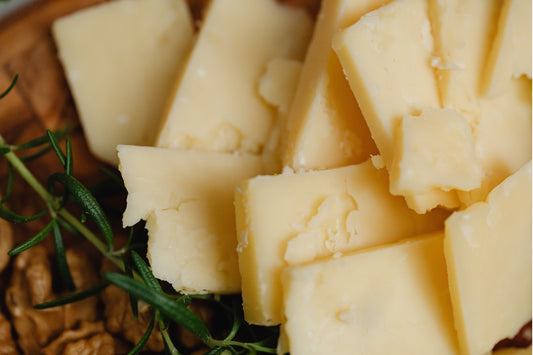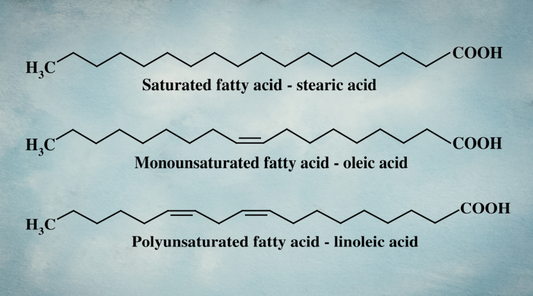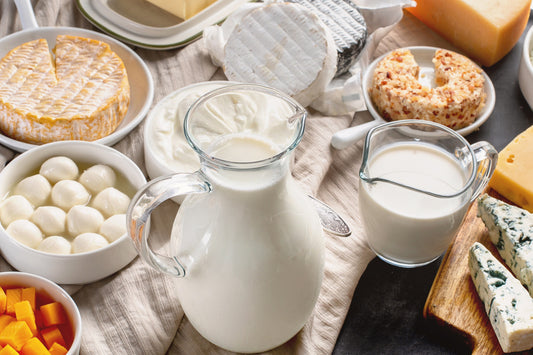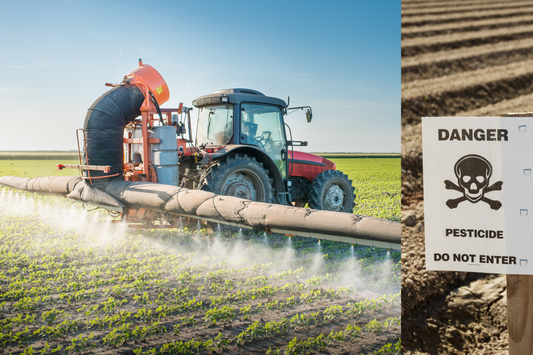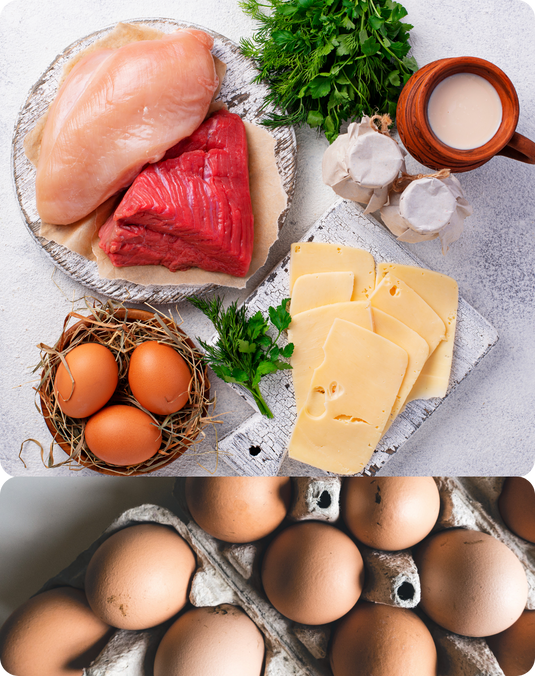
How Dietary Fats Affect Sunburn: The Link Between PUFAs and Skin Damage
Sunburns Start in the Kitchen: How Dietary Fats Shape Your Skin’s Sun Resilience
We’ve been taught to fear the sun: to hide from it, cover up, and slather ourselves in chemical sunscreen.
But let’s set the record straight: the sun is good for us. It’s healing, energizing, and essential to life.
Still, we don’t want to get burned.
And here’s something most people don’t realize: Your diet plays a powerful role in how your skin responds to sun exposure.
Yes, it’s not just about external (exogenous) protection like sunscreen or hats.
Our bodies are designed to protect themselves from the inside out. And your dietary fat choices directly affect how resilient your skin is to the sun.
More PUFAs (polyunsaturated fats) in your diet = more PUFAs in your skin = higher risk of skin damage.
Let’s dive in!
Sunlight Is Not the Enemy
Let’s start by making it very clear that sunlight is very important for health!
Sunlight delivers a wide spectrum of life-giving rays:
- Ultraviolet (UV) Light: Includes UVA and UVB. UVB is essential for vitamin D synthesis in the skin.
- Visible Light: Includes red and blue light, and the proper balance and exposure from the sun impacts mood, vision, circadian rhythm, and even hormone regulation.
- Infrared (IR) Light: Felt as heat, with near-infrared (NIR) offering therapeutic and regenerative effects.
Hospitals used to take healing outside. In the late 19th and early 20th centuries, hospitals often placed patients in sunlit, outdoor beds because fresh air and sunlight were believed to accelerate healing. This practice was called heliotherapy or open-air treatment. (A practice called heliotherapy)
Sunlight provides a wide range of science-backed benefits, including:
- Vitamin D Production: Critical for bones, immunity, hormones, and metabolism.
- Mood Elevation: Who doesn’t smile in the sun?
- Circadian Rhythm Support: Aligns your body clock for better energy, sleep, and hormone flow.
- Immune Function Boost: Enhances antimicrobial peptides and white blood cell activity.
- Healing Power: Morning and evening sun provide red and NIR light, the same spectrum used in expensive red light therapy devices, but for free.
- Metabolic Benefits: Sunlight modulates gene expression, boosts thyroid function, lowers inflammation, and increases insulin sensitivity.
But we still need to be smart about it, constantly getting sunburned isn’t doing us any favors, especially at the start of summer when our skin hasn’t built up much of a tan yet.
How Sunburn Happens
Sunburn is caused primarily by UVB rays, which are most intense around midday. UVB doesn’t penetrate deeply but damages the outer skin layer, triggering an immune response that results in redness, inflammation, pain, and peeling - that’s your sunburn!
But this doesn’t mean we should fear the sun. Instead, understanding how sunburn happens helps us learn how to protect ourselves more effectively.
Take melanin, for example: the more tan you are, the more natural protection you have against sun damage. That’s because melanin, the pigment your skin produces in response to UV exposure (your ‘tan’), acts like an internal sunscreen.
Melanin absorbs and scatters UV radiation, especially UVB, helping to shield your DNA from damage and reducing your risk of burning.
But melanin isn’t your only line of defense…
Sunlight + PUFAs = Damage
What most people don’t realize is that your risk of sunburn can be drastically influenced by your diet… especially your fat choices!
Your skin is composed of layers rich in lipids (fats), and the types of fat you eat can shape the fatty acid composition of your skin. 1
When sunlight hits your skin, it interacts with these surface fats. If your skin is higher in polyunsaturated fatty acids (PUFAs), such as linoleic acid or arachidonic acid, that sunlight can trigger a destructive process known as lipid peroxidation, especially when the PUFA content is higher than normal.
Why does this happen?
PUFAs contain multiple double bonds, which make them chemically unstable and highly reactive with oxygen and free radicals. UV radiation from the sun generates reactive oxygen species (ROS), including singlet oxygen, superoxide, and hydroxyl radicals, that can attack these double bonds. This kicks off a damaging chain reaction.
The oxidation of PUFAs leads to the formation of toxic byproducts like malondialdehyde (MDA) and 4-HNE, which can trigger inflammation, damage DNA and proteins, compromise your skin barrier, increase redness and sensitivity, accelerate aging, and make your skin even more vulnerable to future UV exposure.
The more double bonds a fat has, the more fuel it adds to the fire under the sun.
In contrast, saturated fats have no double bonds, making them far more stable. They resist oxidation, making them a more protective choice for your skin at the cellular level.
Your Dietary Fat Choices Matter
Let’s get clear: you are what you eat, especially when it comes to fats!
Your skin’s fatty acid profile is shaped by your diet, and that profile determines how your skin responds to sunlight.
PUFA-rich skin = more oxidation = higher sunburn risk.
Your skin will always contain some amount of unsaturated fats, that’s normal. But trouble starts when your diet floods your body with high levels of PUFAs, shifting your skin’s balance toward instability.
And it’s important to remember that different dietary fats contain varying fatty acid compositions. For example, margarine? Loaded with PUFAs. Butter? Rich in saturated fats and significantly lower in PUFAs.
So while one tablespoon of margarine and one tablespoon of butter contain similar amounts of fat, the fatty acid composition between the two is drastically different.
Whether from diet, skincare, or both, PUFAs make your skin more reactive to UV. Your cells use what you feed them. So a high-PUFA diet literally builds a body that burns.
Sunlight is essential for life and health, but how your body handles it is impacted by what you’re made of. Which is impacted by your diet.
The Research: PUFAs and Sun Damage
The science is loud and clear: PUFA consumption increases UV damage.
Let’s take a closer look at some of the research studies:
- Individuals with more Linoleic Acid (an Omega 6 PUFA) in the body (which comes from dietary consumption) have increased rates of melanoma (a type of skin cancer). “The percentage of polyunsaturated fatty acids was found to be higher in the melanoma patients than in the controls.” 2
- There is a strong association between Linoleic Acid intake and an increased risk of developing different types of skin cancer: squamous cell carcinoma, basal cell carcinoma, and melanoma. 3
- Removing seed oils (high in linoleic acid) dramatically reduces UV-induced sunburn risk. 4
- The more linoleic acid in the diet, the more UV damage the skin experiences. 5, 6
- In mice, PUFA-rich diets (corn/safflower oil) led to more tumors and UV damage than diets higher in saturated fat. 7
- More PUFAs in skin cells on the outer layer of skin increases lipid peroxidation when exposed to UVA radiation. 8
- Applying creams or skin products rich in linoleic acid on the skin caused increased inflammation in the skin and amplifies sunburn risk. 9 What you put on your skin matters!
Wow!
Smart Sun Exposure Tips
Note: I’m not saying you should ditch all forms of sun safety. But instead of defaulting to fear-based avoidance, let’s focus on supporting the body’s natural resilience to sunlight.
Here are some smart sun exposure tips to help you get the benefits without the burn:
✅ Expose your skin without sunscreen for periods of time to allow for natural vitamin D synthesis, just be mindful to minimize burn.
✅ Build sun tolerance gradually, especially at the beginning of summer when your skin is fair and melanin levels are low. Aim for morning and evening sun, which is rich in red and near-infrared (NIR) light and supports regeneration. Avoid long, unprotected exposure around midday when UVB rays are strongest.
✅ Midday sun can be potent when fair skinned: wear a hat, clothing, or high-quality mineral-based sunscreen (NOT chemical sunscreens). Avoid chemical-based sunscreens with ingredients like octocrylene, oxybenzone, and octinoxate. These are absorbed into the bloodstream and are known endocrine disruptors 10.
✅ Midday sun can be intense, especially for fair skin. If you’ll be outside for an extended period of time, protect your skin with a hat, lightweight clothing, or a high-quality mineral-based sunscreen, not chemical ones. Avoid sunscreens with octocrylene, oxybenzone, and octinoxate, which are absorbed into the bloodstream and known to disrupt hormones 11 . Instead, opt for mineral-based sunscreens that sit on the skin and reflect UV light. (Example: PipetteSunscreen - not affiliated.)
❌ Avoid skincare products high in PUFAs, which readily oxidize in heat and sunlight, contributing to inflammation, oxidative stress, and long-term skin damage.
Your Skin Is Built from What You Eat
Do not fear the sun, your cells literally need light to function properly.
The goal isn’t to avoid the sun, but to minimize burning, and one of the most overlooked tools to help with that is your diet.
That’s why your final (and arguably most powerful) sun protection strategy is this:
👉 Be intentional about your dietary fat choices.
Minimizing PUFA intake and prioritizing saturated fat sources may help stabilize your skin’s lipids, reduce lipid peroxidation, and lower your risk of sunburn and UV-induced damage.
Here’s how to support your skin from the inside out:
- Use butter, ghee, tallow, or coconut oil for cooking.
- Limit consumption of industrial seed oils like canola, ‘vegetable’, corn, soybean, sunflower, safflower, and rapeseed oil.
- Limit high-PUFA meats like conventional pork and chicken (especially fatty cuts like bacon and wings).
- Choose pasture-raised, corn- and soy-free pork, eggs, and poultry whenever possible.
- Keep nuts and seeds in moderation, since they are rich in PUFAs.
- Opt for dairy fats, which are naturally low in PUFAs and metabolically supportive.
Nourish From the Inside Out 🛡️
At Nourish, we proudly create food products low in PUFAs so your body can be resilient from the inside out: hormonally, metabolically, and yes, even in how it responds to the sun.





